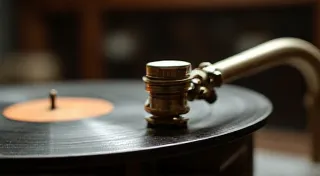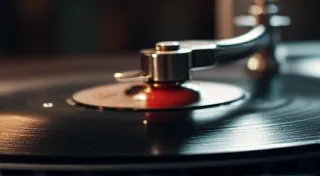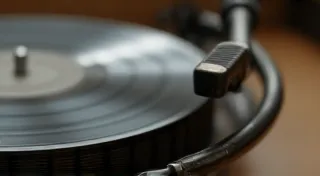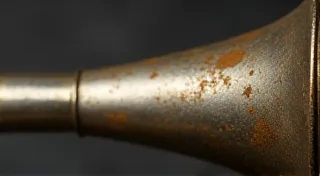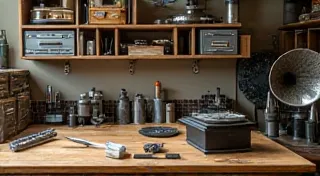Cartridge and Tone Arm Restoration: Improving Sound Quality
The cartridge and tone arm are crucial components in any antique phonograph. They’re responsible for converting the grooves in the record into the music you hear. Over time, these parts degrade, leading to reduced sound quality – distortion, low volume, and even damage to your precious records. This article will cover essential restoration techniques to bring back the clarity and richness of your phonograph's sound.
Understanding the Cartridge and Tone Arm
Before diving into restoration, let’s understand what we's working with. The cartridge houses the stylus (needle) and generates the electrical signal based on the record groove's vibrations. The tone arm is the lever that holds the cartridge and guides the stylus across the record. Proper alignment and condition of both are vital for accurate tracking and minimal record wear.
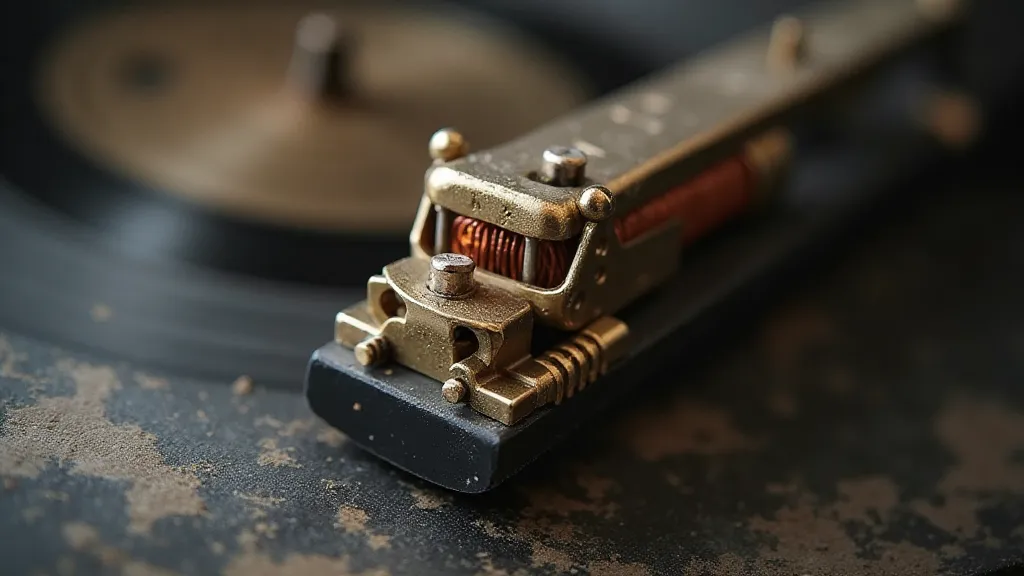
Cleaning the Cartridge and Stylus
Dirt and debris are common enemies of good sound. Regularly cleaning the cartridge and stylus is the first line of defense.
- Stylus Cleaning: Use a dedicated stylus brush, gently sweeping from back to front. Avoid harsh chemicals or solvents. A specialized stylus cleaning fluid can be used sparingly for stubborn buildup.
- Cartridge Body: Carefully clean the cartridge body with a soft brush and a mild cleaning solution (isopropyl alcohol diluted with distilled water can be used). Be extremely cautious not to damage any delicate components.
Lubrication – A Careful Approach
Some cartridges and tone arms utilize lubrication to ensure smooth operation. However, over-lubrication can be as damaging as a lack of lubrication. Refer to your phonograph's service manual for specific recommendations. Generally:
- Cartridge Suspension: Some cartridges have a suspension system (often felt or rubber) that can dry out over time. A tiny drop of specialized suspension lubricant (available from audio repair shops) can restore flexibility.
- Tone Arm Bearings: The tone arm pivots require lubrication. Again, use a specialized lubricant and apply sparingly. Excess lubricant attracts dust and can gum up the mechanism.
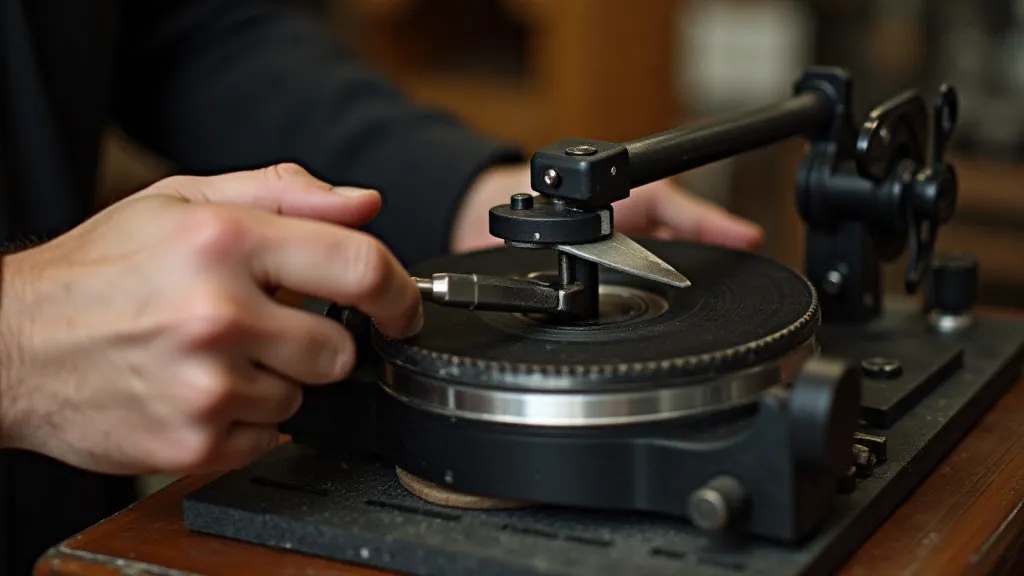
Tone Arm Alignment – The Key to Accurate Tracking
Proper tone arm alignment is essential for minimizing distortion and preventing record damage. This often involves adjusting the overhang (the distance the stylus travels beyond the spindle) and the vertical tracking angle (VTA).
- Overhang Adjustment: This requires a protractor and careful measurement. Instructions vary depending on the phonograph model – consult your service manual.
- Vertical Tracking Angle (VTA): Adjusting the tone arm's height can optimize tracking. This is a more advanced adjustment and should be performed with caution.
Replacing Worn Parts
Sometimes, restoration goes beyond cleaning and lubrication. Worn or damaged parts may need replacement.
- Stylus Replacement: The stylus is the most frequently replaced part. Replace it when it's worn or damaged.
- Suspension Components: If the cartridge's suspension is severely deteriorated, replacement may be necessary.
- Tone Arm Wiring: Inspect and replace any damaged or brittle tone arm wiring.
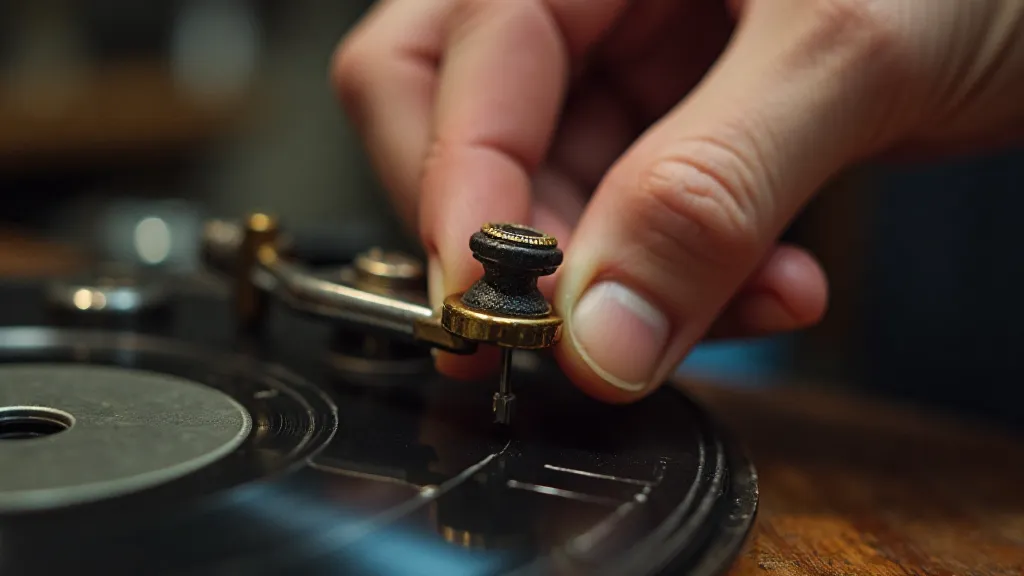
Final Thoughts
Restoring the cartridge and tone arm of your antique phonograph is a rewarding project that can dramatically improve its sound quality and preserve your collection. Remember to proceed with patience, research your specific model, and when in doubt, seek the assistance of a qualified phonograph repair technician. With proper care and attention, your phonograph can continue to provide years of enjoyment.
